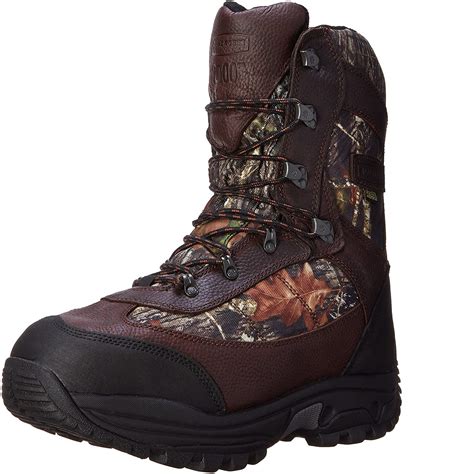Winterizing Your Hunting Gear: Essential Tips and Tricks
Winter hunting presents unique challenges, and proper gear preparation is crucial for a safe and enjoyable experience. From ensuring your clothing provides adequate warmth to protecting your firearms and optics from the elements, winterizing your hunting gear is an essential step. This comprehensive guide explores common questions and solutions to help you prepare for the cold season.
How do I keep my hunting boots warm in winter?
Keeping your feet warm during winter hunts is essential for comfort and safety. Here’s a breakdown of how to winterize your hunting boots:
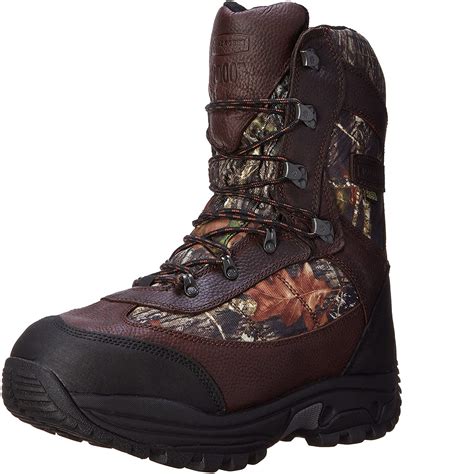
- Choose Insulated Boots: Opt for boots specifically designed for cold weather, featuring insulation materials like Thinsulate, Primaloft, or down. These materials trap heat and prevent cold air from reaching your feet.
- Consider Boot Size: Allow for extra space in your boots for thicker socks. This space will prevent your feet from feeling constricted and improve circulation.
- Wear Wool Socks: Wool socks are highly effective at wicking away moisture and keeping your feet dry. Consider using a combination of wool and synthetic materials for optimal comfort and warmth.
- Use Boot Dryers: After a hunt, dry your boots thoroughly to prevent moisture buildup. Electric boot dryers are an excellent option for accelerating the drying process.
- Boot Warmers: Chemical hand warmers placed inside your boots can provide extra warmth, especially during prolonged periods of inactivity.
How do I prevent my hunting clothes from freezing?
Hunting clothes play a crucial role in keeping you warm and comfortable in frigid temperatures. Here’s how to prevent your clothes from freezing:
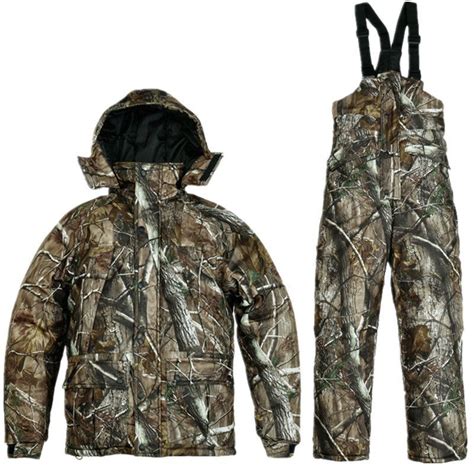
- Layer Up: Layering is key to regulating body temperature. Start with a base layer of moisture-wicking material, followed by an insulating middle layer, and finish with a waterproof outer layer.
- Choose Breathable Fabrics: Breathable fabrics allow moisture to escape, preventing sweat from building up and making you feel cold. Look for materials like fleece, wool, or synthetic blends.
- Consider Windproof Layers: Wind chills can significantly reduce body temperature. Include a windproof layer in your clothing system to block the wind and maintain warmth.
- Wear a Hat and Gloves: A significant amount of body heat is lost through the head and hands. Wear a warm hat and gloves to minimize heat loss and stay comfortable.
- Avoid Cotton: Cotton absorbs moisture and takes a long time to dry. Avoid wearing cotton clothing during winter hunts, as it can lead to cold and discomfort.
How do I keep my hunting scope from fogging up?
Fogging can impair visibility, making accurate shot placement difficult. Here’s how to prevent fogging in your hunting scope:
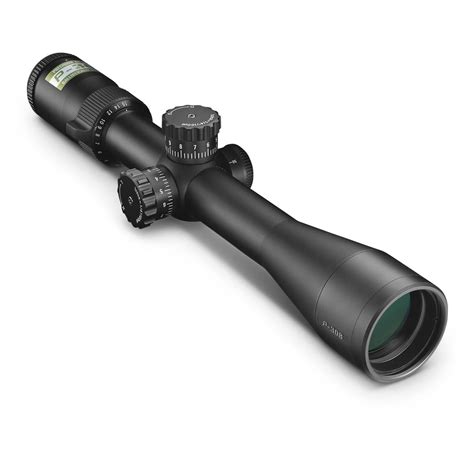
- Use a Scope Cover: A scope cover helps protect your scope from the elements, preventing moisture buildup and fogging.
- Apply Anti-Fog Solution: Anti-fog solutions are available in liquid and spray forms. Apply them to the lens surfaces of your scope to create a barrier against moisture.
- Use a Lens Heater: Lens heaters are small, battery-operated devices that attach to your scope and generate heat to prevent fogging.
- Consider a Nitrogen-Filled Scope: Nitrogen-filled scopes are designed to be fog-proof due to the inert nature of nitrogen gas. This type of scope can be a valuable investment for winter hunting.
- Keep Your Scope Dry: After a hunt, dry your scope thoroughly with a soft cloth. Avoid storing your scope in damp or humid environments.
How do I store my hunting gear for winter?
Proper storage is essential for maintaining the condition of your hunting gear throughout the winter. Follow these tips:
- Clean and Dry Gear: Before storing, thoroughly clean and dry all your gear, including clothing, boots, and firearms.
- Store in a Cool, Dry Place: Store your gear in a cool, dry environment, away from direct sunlight or heat sources. Avoid storing gear in damp basements or garages.
- Use Moisture-Absorbing Materials: Place silica gel packets or moisture-absorbing bags in your storage container to absorb any remaining moisture.
- Protect Firearms: Store firearms in a gun safe or cabinet to prevent rust and damage.
- Check Gear Regularly: Inspect your gear periodically for any signs of wear or damage. Replace or repair items as needed to ensure they remain in optimal condition.
How do I protect my hunting blind from the cold?
A hunting blind provides concealment and protection from the elements. Here’s how to keep your blind warm during winter:
- Insulate the Blind: Use insulation materials like foam board or blankets to line the walls and ceiling of your blind. This will create a barrier against cold air and help retain heat.
- Use a Heater: A small, propane-powered heater can provide warmth inside the blind. Be sure to follow safety guidelines and use a heater approved for enclosed spaces.
- Cover Openings: Cover any gaps or openings in the blind to prevent drafts and cold air infiltration. Use tarps, blankets, or weather stripping for sealing.
- Dress Warmly: Even with insulation and a heater, it’s important to dress warmly. Wear layers of clothing and a hat and gloves to stay comfortable.
- Clear Snow and Ice: Regularly clear snow and ice from the roof and surrounding area of the blind to prevent water damage and improve heat retention.
How do I keep my hunting bow from freezing up?
Cold weather can affect the performance of your hunting bow. Here’s how to protect it:
- Use a Bow Sock: A bow sock provides insulation and protection from the elements. It helps prevent moisture buildup and reduces the risk of freezing.
- Store Indoors: Store your bow indoors in a cool, dry environment to protect it from extreme temperatures and moisture.
- Avoid Extreme Temperatures: Do not expose your bow to extreme temperatures, such as leaving it in a hot car or a very cold environment for extended periods.
- Use Bowstring Wax: Apply bowstring wax to help lubricate the string and prevent it from freezing. This also helps reduce noise and vibration.
- Check for Ice Buildup: Before shooting, check the bowstring and limbs for any ice buildup. Remove ice as needed to ensure proper performance.
How do I prevent my hunting dog from getting cold?
Keeping your hunting dog warm is essential for their well-being and performance. Here are some tips:
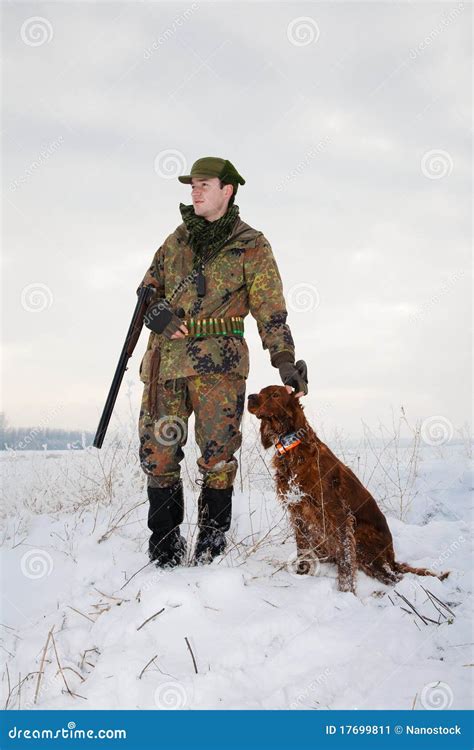
- Use a Dog Coat: A well-fitting dog coat provides extra warmth, especially for breeds with short coats or thin fur. Choose a coat made from waterproof and windproof materials.
- Consider Dog Booties: Booties protect your dog’s paws from frostbite and ice. Look for booties made from durable and water-resistant materials.
- Limit Exposure to Cold: Avoid exposing your dog to extremely cold temperatures for extended periods. Take frequent breaks and let them warm up in a sheltered area.
- Provide Warm Shelter: Ensure your dog has access to a warm and dry shelter, such as a dog house or a heated area.
- Monitor for Cold Signs: Watch for signs of cold, such as shivering, whining, or seeking warmth. If you notice these signs, take immediate action to warm your dog up.
How do I keep my hunting camera from freezing?
Hunting cameras are susceptible to cold weather conditions. Here’s how to protect them:
- Use a Camera Cover: A camera cover helps protect your camera from the elements, including cold temperatures and moisture.
- Store Indoors: Store your camera indoors in a cool, dry environment when not in use.
- Avoid Extreme Temperatures: Do not expose your camera to extreme temperatures, such as leaving it in a hot car or a very cold environment for extended periods.
- Use a Battery Warmer: A battery warmer can help extend the life of your camera’s batteries in cold conditions.
- Check for Ice Buildup: Before using your camera, check for any ice buildup on the lens or other parts. Remove ice as needed to ensure proper operation.
How do I keep my hunting knife from rusting in winter?
Winter conditions can promote rust formation on hunting knives. Here’s how to prevent rust:
- Clean and Dry: After each use, thoroughly clean and dry your hunting knife, paying attention to any crevices or grooves.
- Apply a Protective Coating: Apply a thin layer of oil or wax to the blade to prevent rust formation.
- Store Properly: Store your knife in a cool, dry place, away from moisture and humidity. Consider using a knife sheath or a storage container.
- Avoid Contact with Salt: Salt can accelerate rust formation. Avoid using your knife near areas where salt is used, such as on roads or in icy conditions.
- Inspect Regularly: Periodically inspect your knife for signs of rust. If you notice any rust, remove it immediately using a metal polish or a rust remover.
How do I winterize my hunting backpack?
A hunting backpack is an essential piece of gear, especially during winter hunts. Here’s how to winterize it:
- Choose a Waterproof Backpack: Opt for a backpack with a waterproof outer layer to keep your belongings dry in snowy or rainy conditions.
- Use a Rain Cover: Even if your backpack is waterproof, a rain cover provides additional protection. It can be easily rolled up and stored in a pocket when not in use.
- Insulate the Backpack: Consider adding insulation to your backpack, especially if you plan to carry sensitive electronics or items that are susceptible to cold temperatures.
- Pack Smart: Pack your backpack strategically, placing heavy items near the bottom and lighter items towards the top. This helps maintain balance and stability.
- Clean and Dry: After each use, thoroughly clean and dry your backpack to prevent moisture buildup and mildew.
Table Summarizing Winterizing Tips
| Gear | Winterization Tips |
|---|---|
| Boots | Choose insulated boots, wear wool socks, use boot dryers, consider boot warmers. |
| Clothing | Layer up, choose breathable fabrics, consider windproof layers, wear a hat and gloves, avoid cotton. |
| Scope | Use a scope cover, apply anti-fog solution, use a lens heater, consider a nitrogen-filled scope, keep dry. |
| Blind | Insulate the blind, use a heater, cover openings, dress warmly, clear snow and ice. |
| Bow | Use a bow sock, store indoors, avoid extreme temperatures, use bowstring wax, check for ice buildup. |
| Dog | Use a dog coat, consider dog booties, limit exposure to cold, provide warm shelter, monitor for cold signs. |
| Camera | Use a camera cover, store indoors, avoid extreme temperatures, use a battery warmer, check for ice buildup. |
| Knife | Clean and dry, apply a protective coating, store properly, avoid contact with salt, inspect regularly. |
| Backpack | Choose a waterproof backpack, use a rain cover, insulate the backpack, pack smart, clean and dry. |
Frequently Asked Questions (FAQ)
Here are some frequently asked questions about winterizing hunting gear:
What are the best types of insulation for winter hunting gear?
There are several effective insulation materials for winter hunting gear, each with its advantages:
- Thinsulate: A synthetic insulation known for its lightweight warmth and moisture resistance.
- Primaloft: Another synthetic insulation that provides excellent warmth and compressibility.
- Down: Natural insulation derived from bird feathers. Down is known for its exceptional warmth-to-weight ratio, but it can be less water-resistant than synthetic options.
Is it necessary to winterize my hunting gear?
Yes, winterizing your hunting gear is crucial for a safe and enjoyable winter hunting experience. Proper winterization protects your gear from damage, ensures optimal performance, and helps you stay warm and comfortable in cold weather.
What are some signs of cold exposure in hunting dogs?
Signs of cold exposure in hunting dogs can include:
- Shivering: A common sign of cold, indicating the dog’s body is trying to generate heat.
- Whining or barking: Some dogs may whine or bark when they are cold, seeking attention or a warmer place.
- Seeking warmth: Dogs may huddle together, seek shelter, or try to get close to a heat source.
- Lethargy: Cold exposure can lead to fatigue and sluggishness.
- Stiffness or limping: Cold temperatures can affect joints and muscles, causing stiffness or limping.
What is the best way to prevent frostbite?
Preventing frostbite is essential for winter hunters. Here are some tips:
- Wear warm clothing: Cover exposed skin with warm layers, including a hat, gloves, and a scarf.
- Protect your hands and feet: Use insulated gloves and boots to keep your extremities warm.
- Avoid prolonged exposure: Limit your time in cold environments and take frequent breaks in sheltered areas.
- Be aware of signs: Watch for signs of frostbite, such as numbness, tingling, or white or pale skin.
- Warm gradually: If you suspect frostbite, warm the affected area gradually with warm water, not hot water.
How often should I check my hunting gear for damage or wear?
It’s a good practice to check your hunting gear for damage or wear before and after each hunting trip, especially during winter. Inspect for tears, rips, punctures, frayed seams, and any signs of wear and tear on your clothing, boots, backpacks, and other gear.
What are some common mistakes hunters make when winterizing their gear?
Here are some common mistakes hunters make when winterizing their gear:
- Skipping the cleaning process: Before storing gear, it’s crucial to thoroughly clean and dry it. Dirt, moisture, and other debris can damage gear over time.
- Using the wrong type of insulation: Not all insulation materials are created equal. Choose insulation that is appropriate for the intended activity and temperature range.
- Not checking for leaks: Check waterproof gear, such as boots and backpacks, for leaks before each hunt to ensure your belongings stay dry.
- Storing gear in damp environments: Damp environments can promote mildew and rust. Store gear in a cool, dry place.
- Ignoring signs of wear and tear: Regularly inspect your gear for signs of damage or wear. Replace or repair items as needed to ensure safety and performance.

